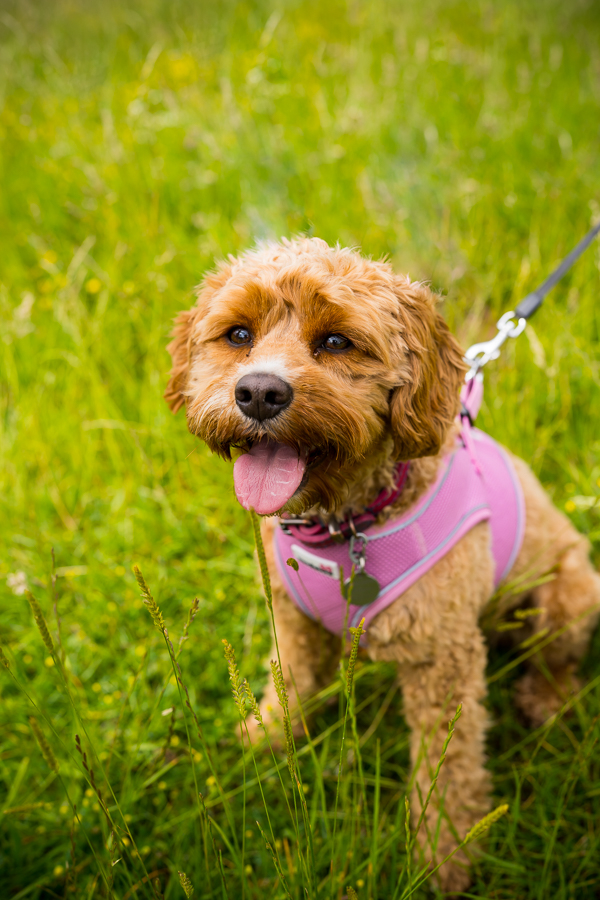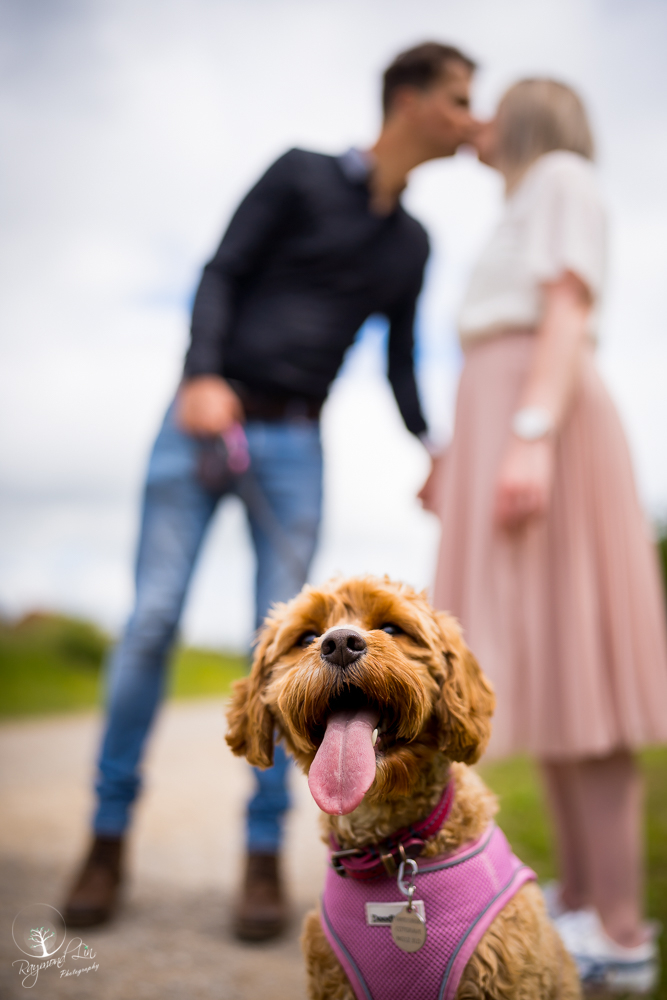- Messages
- 23,727
- Name
- Toby
- Edit My Images
- No
I'm considering getting a bag like these to 'resolve' the issue, this way the camera's on my hip ready to use as and when but it won't extend whilst walking and won't put any stress on the lens mount either. Not a perfect solution but I've started using bags more than my peak design slide recently as I find they swing about less. I think the think tank might be the better option as it should be large enough to take the lens with lens hood attached in the 'shooting position'.This is my main issue. Thanks to all who suggested setting it to to tight. It’s made a difference. However I plan to use this type of lens for our upcoming trips to the Peak District and Wales where we will be doing a lot of hiking. If it starts extending while it’s on my hip that’s going to annoy the hell out of me.
THINK TANK Digital Holster 30 V2 Messenger Bag, 75 cm, Black (Negro) : Amazon.co.uk: Electronics & Photo
Buy THINK TANK Digital Holster 30 V2 Messenger Bag, 75 cm, Black (Negro). Free delivery and returns on eligible orders.
www.amazon.co.uk








